A museum is always on my “must-see places” list when I travel. So, during my summer trip to Los Angeles, one of the museums I visited was The Getty Museum, which is a part of the Getty Center. Initially, the Getty Museum started in J. Paul Getty’s house and extended into a center including Conservation and Research Institute, Foundation, and the Museum. In 1984, Richard Meier was chosen to be the architect, and the Center ultimately opened to the public on December 16, 1997. Nowadays, The Getty Museum in Los Angeles has over 1.8 million visitors annually, which makes it one of the most visited museums in the United States.
When I travel, I feel excited about everything, even a short ride on the tram that took me from the parking lot to the main entrance at the Getty Center. It took around five minutes, during which I could enjoy beautiful views of Los Angeles and enhance my expectations of my upcoming museum tour.

The first thing I noticed arriving at the Center and walking around was the quality and color of the material used in the buildings. The architect Richard Meier featured travertine stone in his design due to its historical association with public architecture, color, and consistency. Travertine is a type of limestone found near cold and hot springs. It’s formed when limestone is dissolved in rainwater.
The travertine at the Getty Center is an estimated 8,000 to 80,000 years old and comes from a quarry in Bagni di Tivoli, Italy. For 2,000 years, this quarry supplied travertine used in Roman structures, including the Colosseum, and other buildings, such as Lincoln Center in New York. This connection to ancient Rome linked the Getty Center and the Roman-style Getty Villa.


After exploring the surrounding area of the Getty Museum, I entered the main building, where it felt very fresh.
Thanks to the invention of air conditioning, it makes summertime much more pleasing.


As a photographer, I followed my professional instincts and, first of all, visited a photography hall where at that moment, there was an exhibition called “Teen photographers respond.”
Every time I visit a museum, I wish to have more time to explore all the art pieces and read every annotation because that adds an enriching element to a museum experience – details about the “Who? Why? and When?”
I spend only four hours there, which is enough to get the general picture of the Getty Museum but not enough for a Metropolitan Museum of Art in New York.







Getty’s museum collection contains more than 120,000 separate objects and is distributed in different sections. It includes paintings, drawings, illuminated manuscripts, sculptures, and decorative arts.
The Paintings collection has over 400 European paintings created before the 19th century. Among the best–known works are paintings by Pontormo, Rembrandt, Turner, Monet, and Van Gogh.








Like videos? Take a look at this one.
The Department of Sculpture and Decorative Arts in the Getty Museum has over 1700 objects dating from the 12th -20 th century.
The permanent collection in the Getty Museum is displayed throughout the four pavilions chronologically: the north houses the oldest art while the west houses the newest.
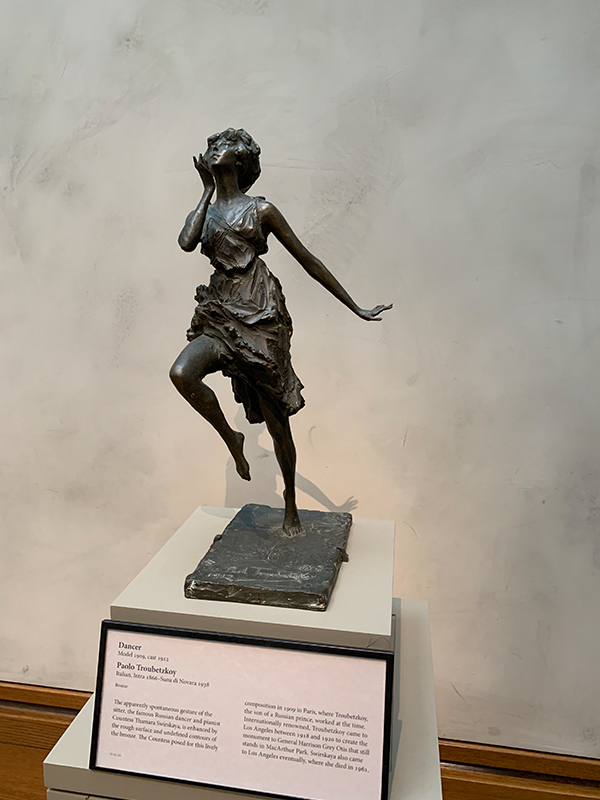





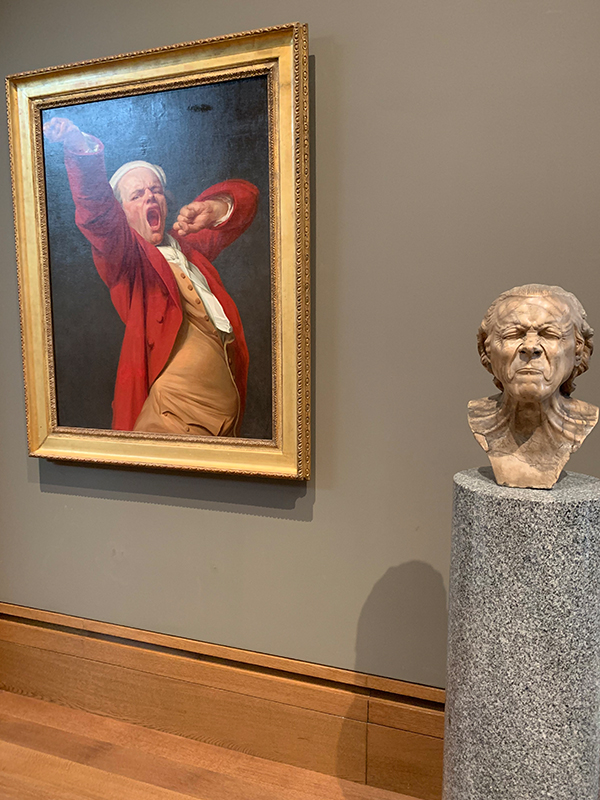

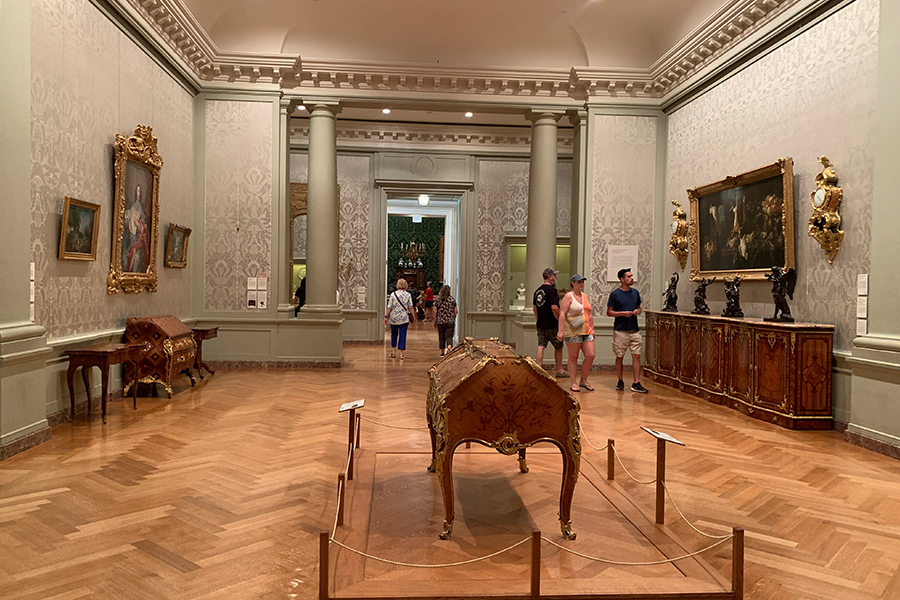


The open spaces in the Getty Museum are something admirable. For me, art is an expression of creative freedom, and at the Getty Center, architecture and landscaping are perfectly aligned to express that feeling of freedom.

The fountains add refreshing vibes to every space, and Getty Center is no exception. The inner courtyard of the Getty Museum features a Central fountain.
There are four gardens in the Getty Center —one at street level, the rest at the top of the hill—and an outdoor sculpture terrace.




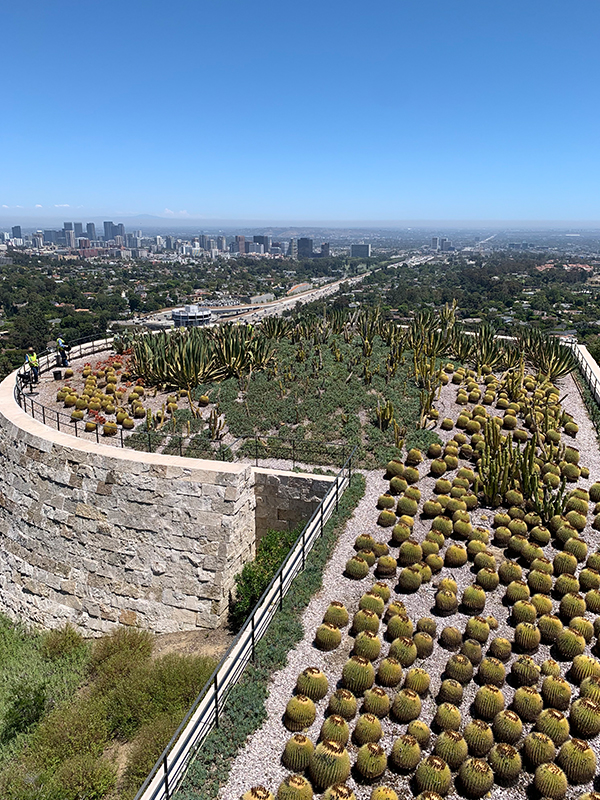
The Cactus Garden shows a variety of cacti, succulents, and other plants from a desert terrain.
Located in the foothills of the Santa Monica Mountains, The Getty Center’s 86 acres of landscaped gardens and terraces include the Central Garden, designed by California artist Robert Irwin. Since the Getty Center opened in 1997, the Central Garden has evolved as its plants have grown.
Central Garden is a piece of art; I would gladly spend a couple of hours sitting somewhere in a shade of a tree and reading a novel while occasionally admiring flowers. It might sound a little romantic, but it feels like a beautiful place to relax and enjoy a slow pace of life.

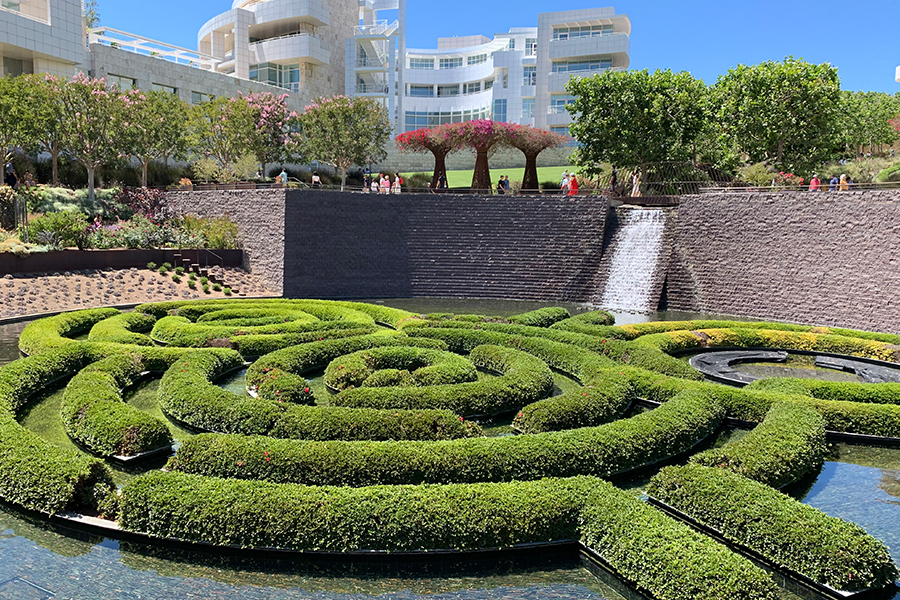





I have a tradition of buying little something in every museum I visit. This time it was a book by Linda Nochlin, “Why have there been no great women artists?” and earrings in the form of a rose, which became one of my favorites. Being enthusiastic about personal style, I knew this earring would work with many of my outfits. By the way, have you seen my article “Five benefits of finding personal style?” I discuss how dressing nice elevates confidence, self-image, and mood. For me, every museum experience becomes more interesting when I dress accordingly – nice and in compliance with my style.


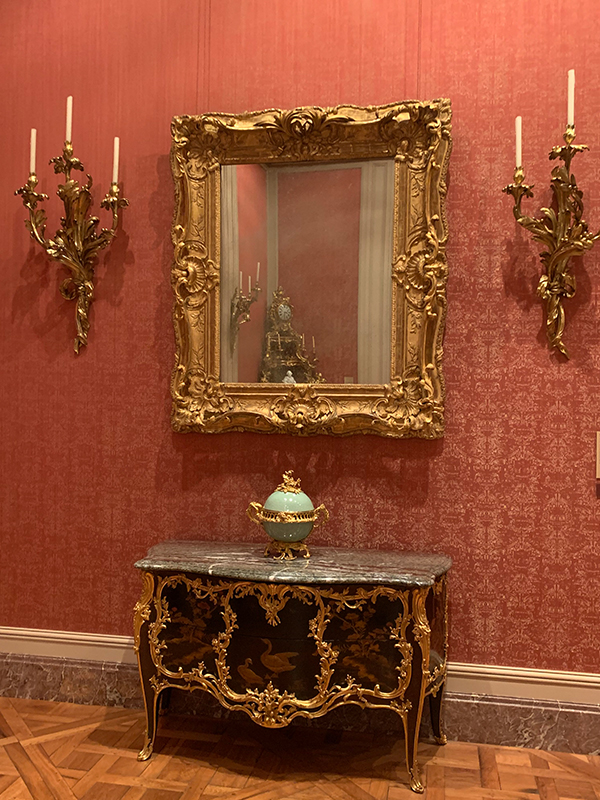





The Getty Museum tickets:
Admission is free but requires an online reservation. If you go to the Getty Museum in a car, you must pay a parking fee.
Operating hours:
Tuesday-Friday 10AM – 5.30 PM
Saturday 10AM- 8PM
Sunday 10AM- 5.30PM
Monday – closed
Hi, there! I’m Elena Sullivan, a fine art photographer, and creative adventurer. My first joyful experimentation with a camera extended into a passionate relationship where harmony represents a constant flow of elegant devotion. I follow my intuition and curiosity in search of eternal connections in nature, then use my camera to reveal it and share it with you! Every of my photo is curated with love and artistic excellence.
